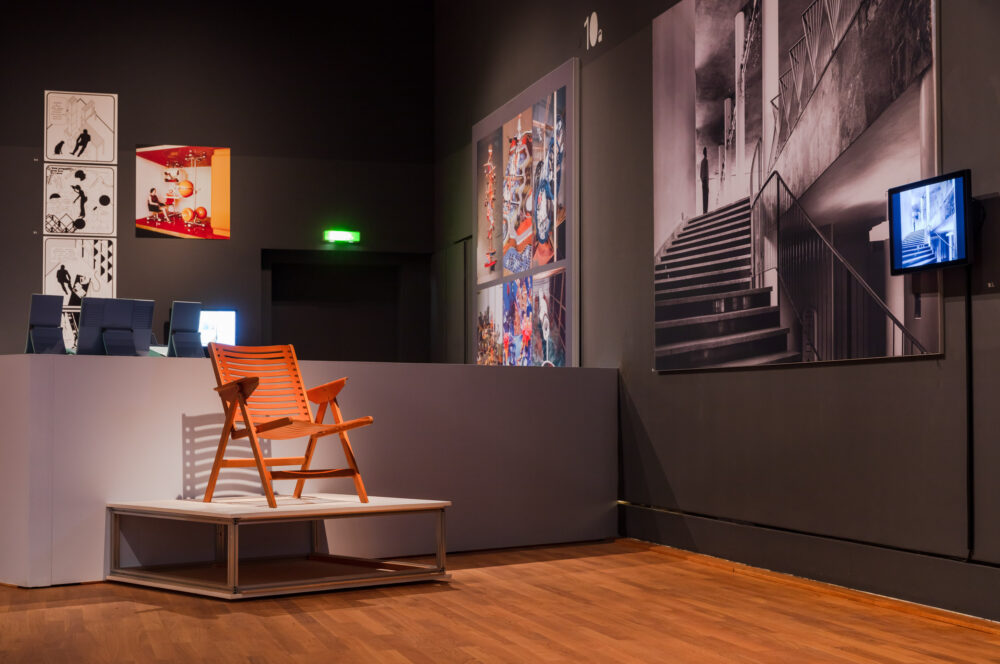Workers’ Cultural Centre. Community architecture for the public good
Built in the 1950s, the Workers’ Cultural Centre in Trbovlje, Slovenia, is an example of modern public architecture located in the industrialized urban environment of a mining community, the result of collaborative efforts of the town and its residents involving self-directed contributions and voluntary work. It served as a model for the construction of workers’ and cultural centres throughout Yugoslavia. The centre’s architectural layout consists of an entrance hall with associated rooms, a main auditorium, a side auditorium on the left, a combined cinema and concert hall with about five hundred seats, a theatre with about four hundred and fifty seats, and administrative offices. The design work and construction took place from 1952 to 1956, following a conceptual drawing by architect Marko Župančič (1914–2007). Measuring 57 by 53 metres per floor, the Workers’ Cultural Centre is almost square in shape; the theatre stage, is a revolving disc measuring 16 metres in diameter. The building’s characteristic features include a strictly framed exterior with undulating walls, a series of panels on the facade, a staircase balustrade, auditorium shells, and other details. As a cutting-edge, modernist, technologically advanced, and comprehensive work of architecture that still fulfils its functional purpose (namely the local community’s cultural activities), it is an excellent example of community architecture serving the public good.
Yugoslavia’s aspirations to create a better social order for all sections of the population were most apparent in the 1950s and early 60s, when the state withdrew from the managing of companies and handed this over to workers’ councils who were supposed to manage capital through direct democracy and look after people’s general welfare, which were the original ideas of the concept of socialist self-management. Unfortunately, technocratic and administrative political interference meant that such utopian aspirations would soon fade into insignificance.
